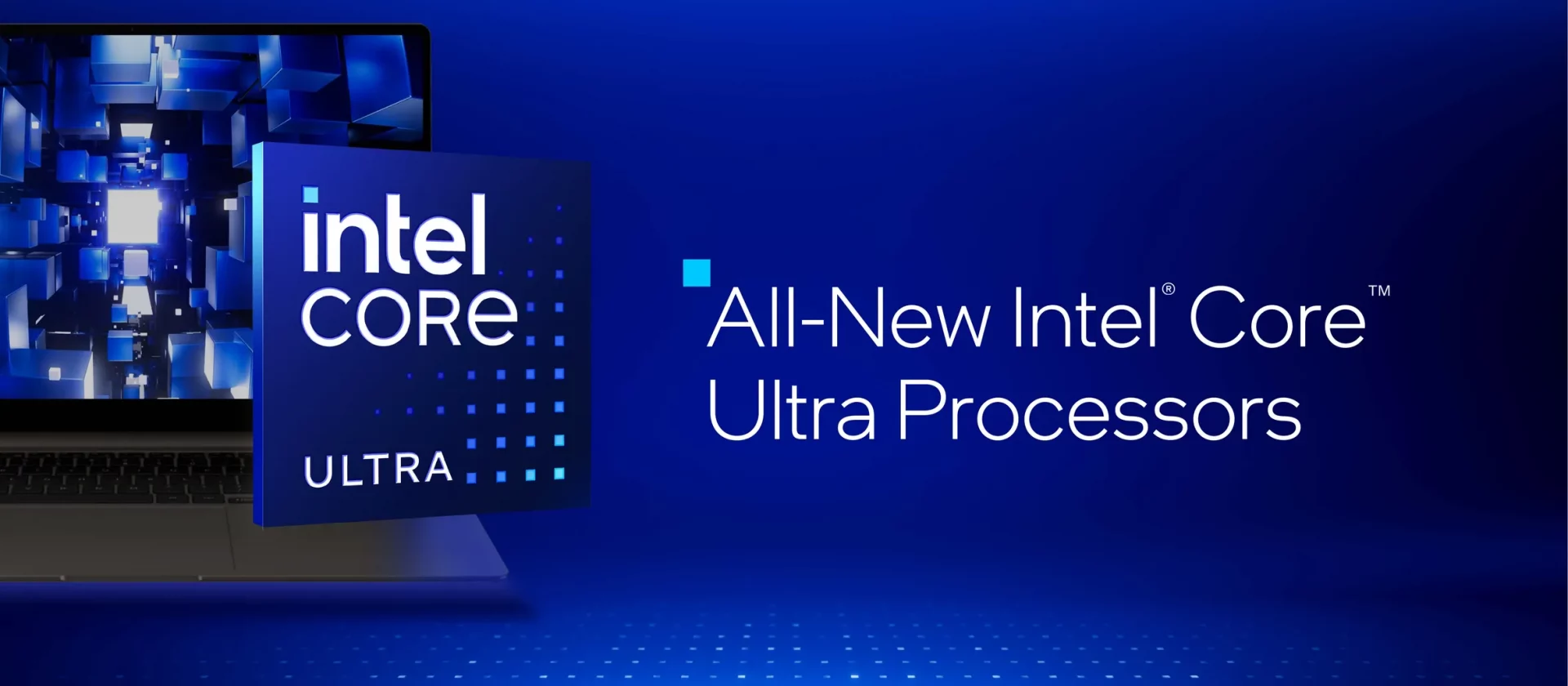Intel officially launched the Lunar Lake processors a.k.a the Core Ultra 200V series processors just yesterday.
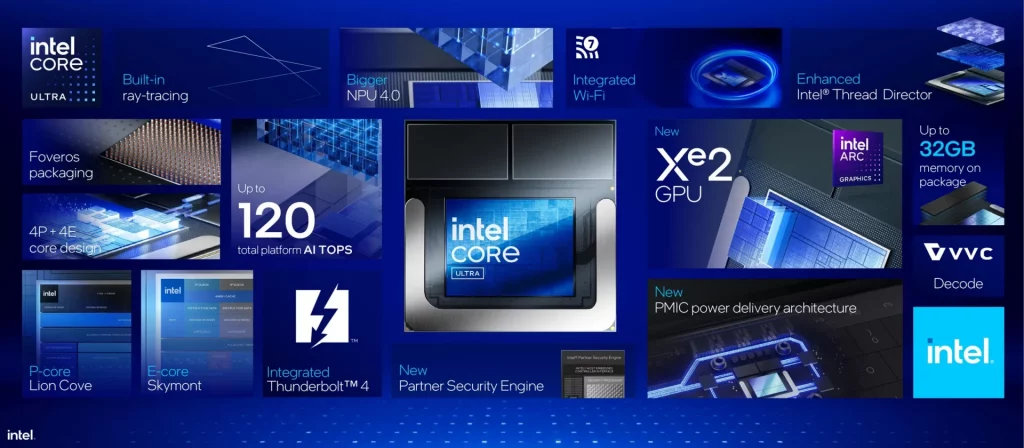 Known either as “Intel Core Ultra (Series 2)” or Intel Core Ultra 200V, these processors will succeed the Meteor Lake Core Ultra CPUs. As expected, improvements in CPU cores and iGPU performance are on the horizon, with terms like “decent” or “moderate” being apt descriptors. However, the real highlight for Team Blue is the significantly enhanced power efficiency.
Known either as “Intel Core Ultra (Series 2)” or Intel Core Ultra 200V, these processors will succeed the Meteor Lake Core Ultra CPUs. As expected, improvements in CPU cores and iGPU performance are on the horizon, with terms like “decent” or “moderate” being apt descriptors. However, the real highlight for Team Blue is the significantly enhanced power efficiency.
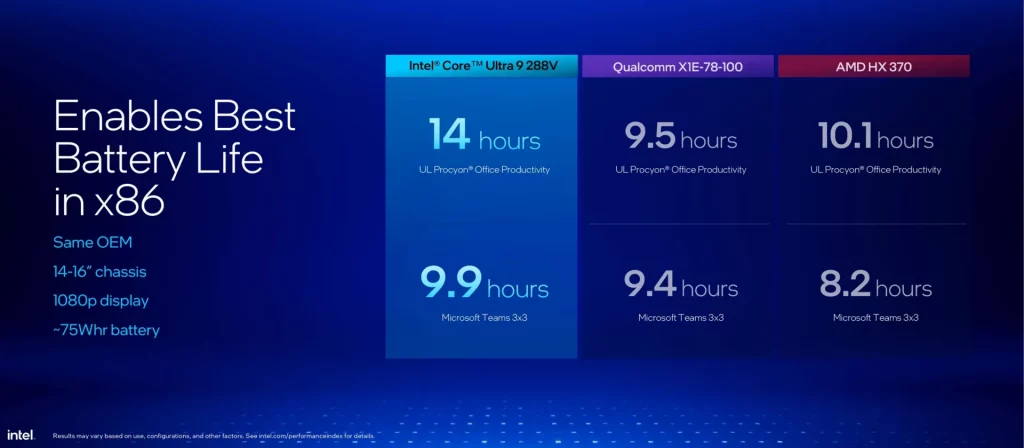 Intel demonstrated this by comparing a system running a Qualcomm Snapdragon X Elite SoC with one powered by a Core Ultra 200V chip. The better battery life results, derived from the Procyon Office Productivity test and a Microsoft Teams call simulation, favor the Intel chip. However, these figures are still official numbers, and we’ll need to wait until retail units reach reviewers for more comprehensive testing. Nonetheless, this is encouraging news for x86, helping to dispel the long-standing “all-time loser in CPU power efficiency” stigma.
Intel demonstrated this by comparing a system running a Qualcomm Snapdragon X Elite SoC with one powered by a Core Ultra 200V chip. The better battery life results, derived from the Procyon Office Productivity test and a Microsoft Teams call simulation, favor the Intel chip. However, these figures are still official numbers, and we’ll need to wait until retail units reach reviewers for more comprehensive testing. Nonetheless, this is encouraging news for x86, helping to dispel the long-standing “all-time loser in CPU power efficiency” stigma.
The baseline architecture for Lunar Lake remains consistent, utilizing the “tile” arrangement that combines multiple silicon chiplets into a larger chip via Intel Foveros packaging technology. However, this generation reduces the original four function tiles to two. Notably, TSMC handles the manufacturing for this series.
In terms of chip design, Intel has also updated the Core Ultra 200V series with a new NPU to meet Microsoft’s Copilot+ PC requirements, which now demand a higher TOPS number.
Before we continue, here’s the full SKU list.
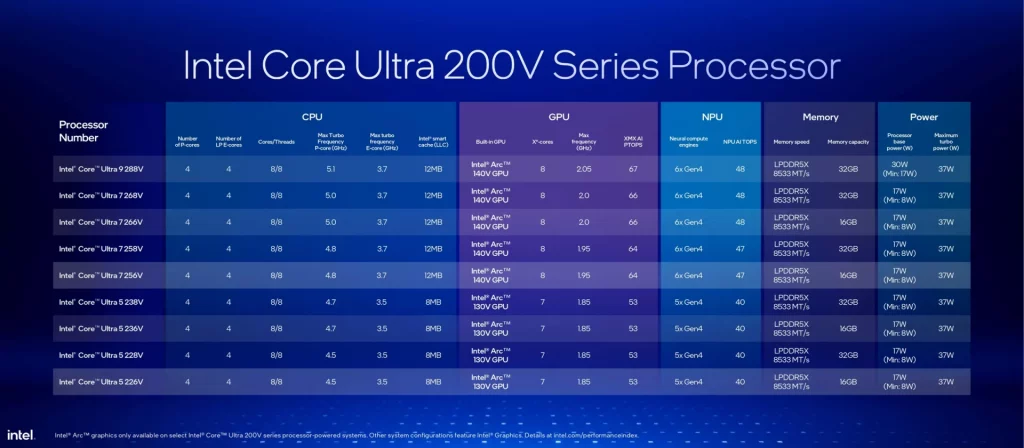 Currently, Intel is listing only nine SKUs, but they have indicated plans to integrate RAM into the CPU package. This approach mirrors Apple’s M series SoM-style, potentially leading to improved power efficiency and smaller motherboard PCB sizes—though the trade-off is non-upgradable memory, which is a valid concern.
Currently, Intel is listing only nine SKUs, but they have indicated plans to integrate RAM into the CPU package. This approach mirrors Apple’s M series SoM-style, potentially leading to improved power efficiency and smaller motherboard PCB sizes—though the trade-off is non-upgradable memory, which is a valid concern.
Interestingly, all tiers feature 4x Lion Cove P-cores and 4x Skymont E-cores—a somewhat unconventional move for Intel. This reduction in physical cores suggests that Lunar Lake may not surpass Meteor Lake in multicore performance at the borderline high.
Even so, anticipation is high for the flagship Core Ultra 9 288V, which boasts a 5.1GHz boost clock and an impressive power-performance ratio.
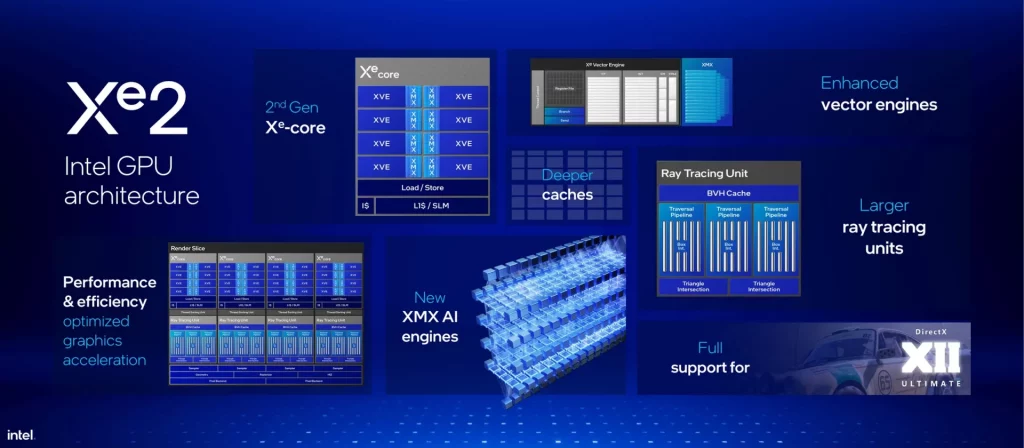 In the iGPU department, the new ‘Arc 140V/130V’ branding introduces the next-gen Battlemage architecture, promising to be 31% faster than Meteor Lake’s iGPU, 68% faster than Snapdragon X Elite’s Adreno, and 16% faster than Ryzen AI 9 HX 370’s Radeon 890M.
In the iGPU department, the new ‘Arc 140V/130V’ branding introduces the next-gen Battlemage architecture, promising to be 31% faster than Meteor Lake’s iGPU, 68% faster than Snapdragon X Elite’s Adreno, and 16% faster than Ryzen AI 9 HX 370’s Radeon 890M.
Besides delivering better gaming experiences, these iGPUs are packed with AI-optimized engines and technologies, ideal for speeding up local AI applications by skipping the NPU when there’s a power brick providing all the juice.
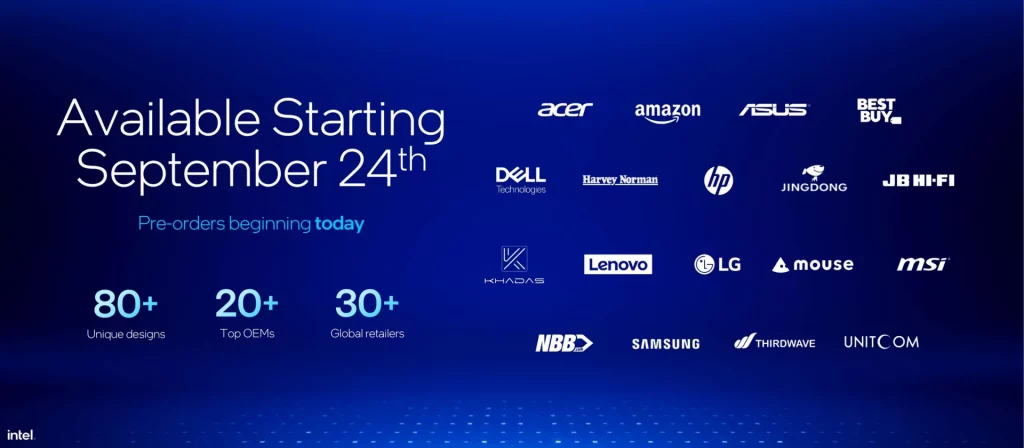 Ready to get your hands on one? Partner brands will start launching their models on September 24, with some preorders already available.
Ready to get your hands on one? Partner brands will start launching their models on September 24, with some preorders already available.


